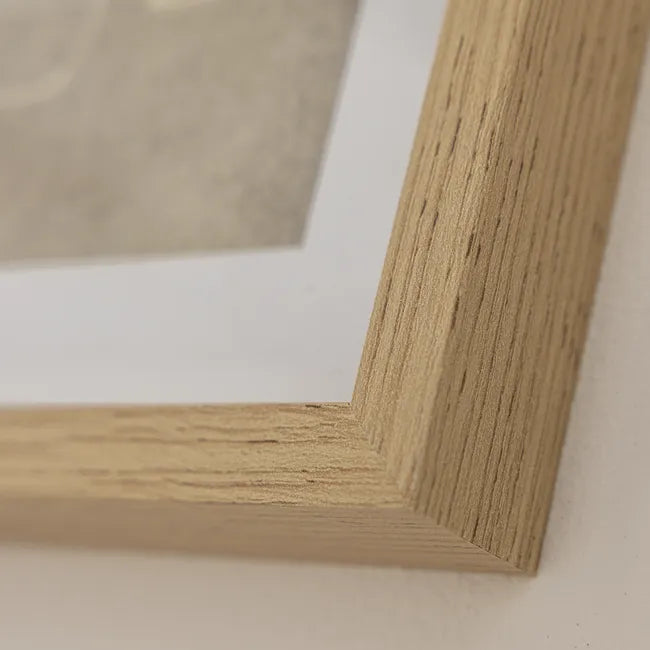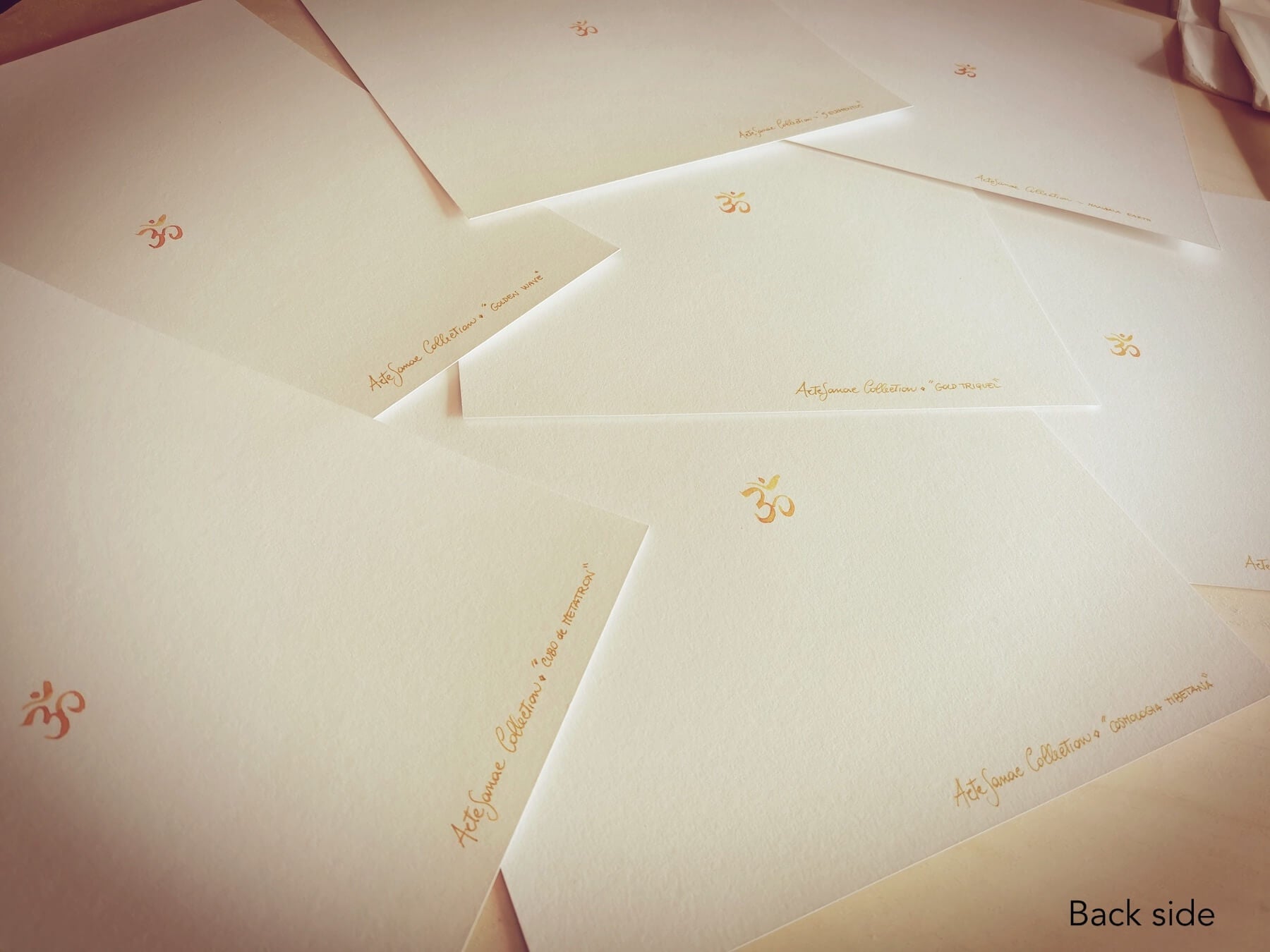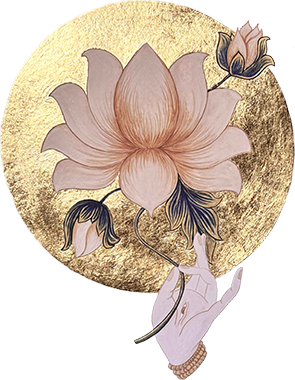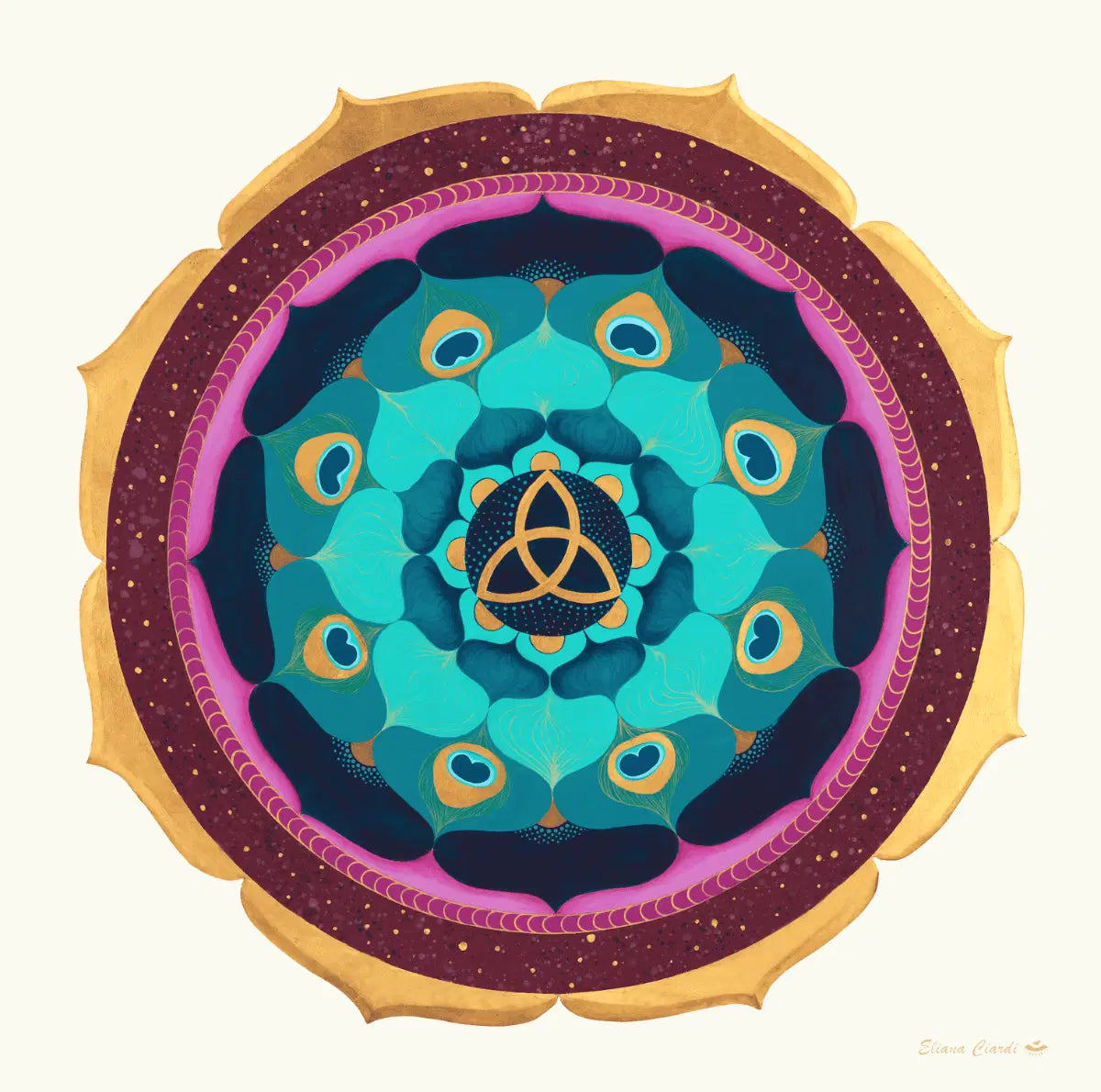
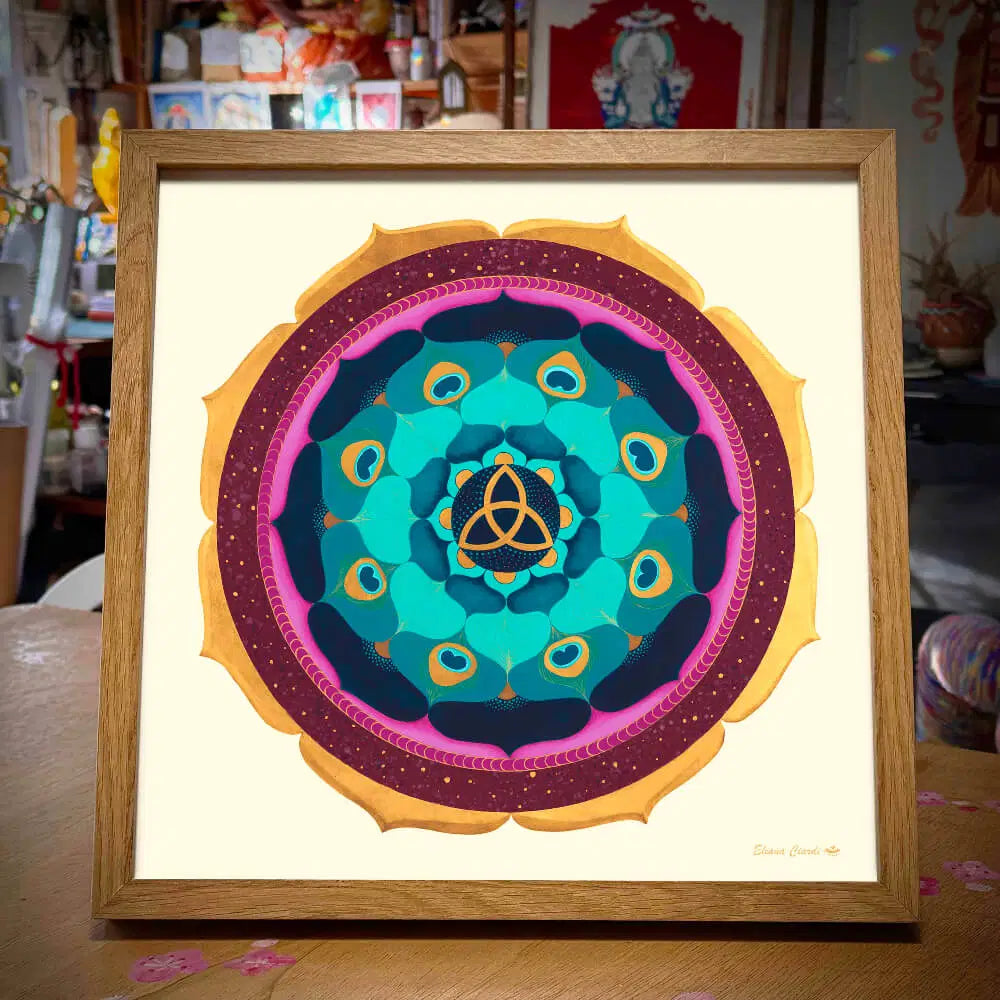
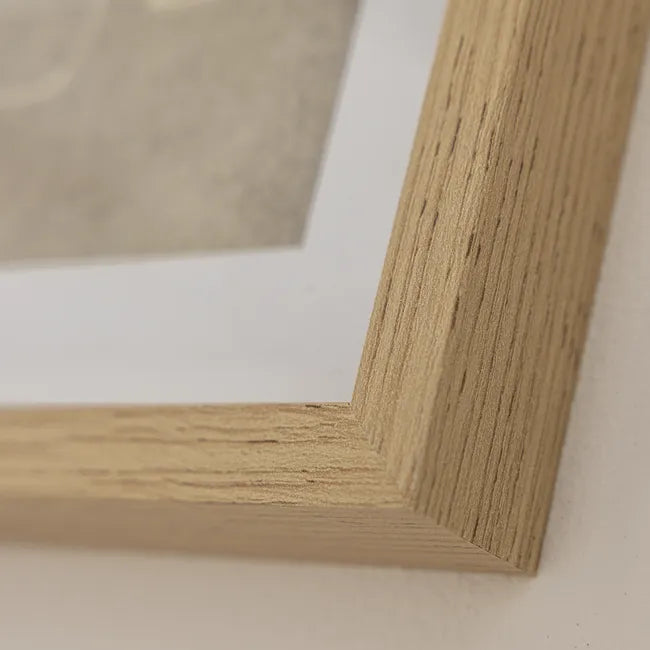
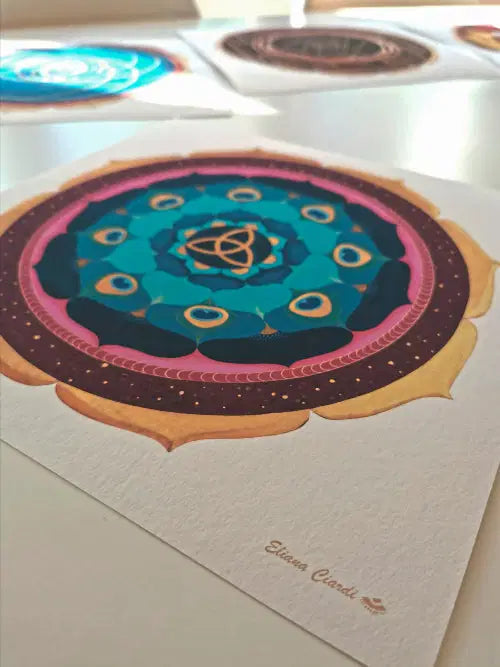
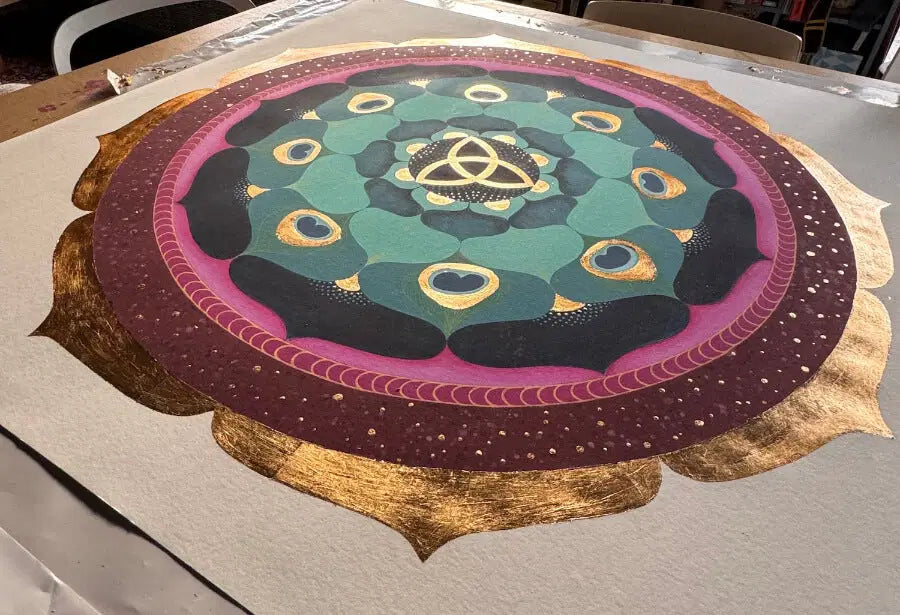
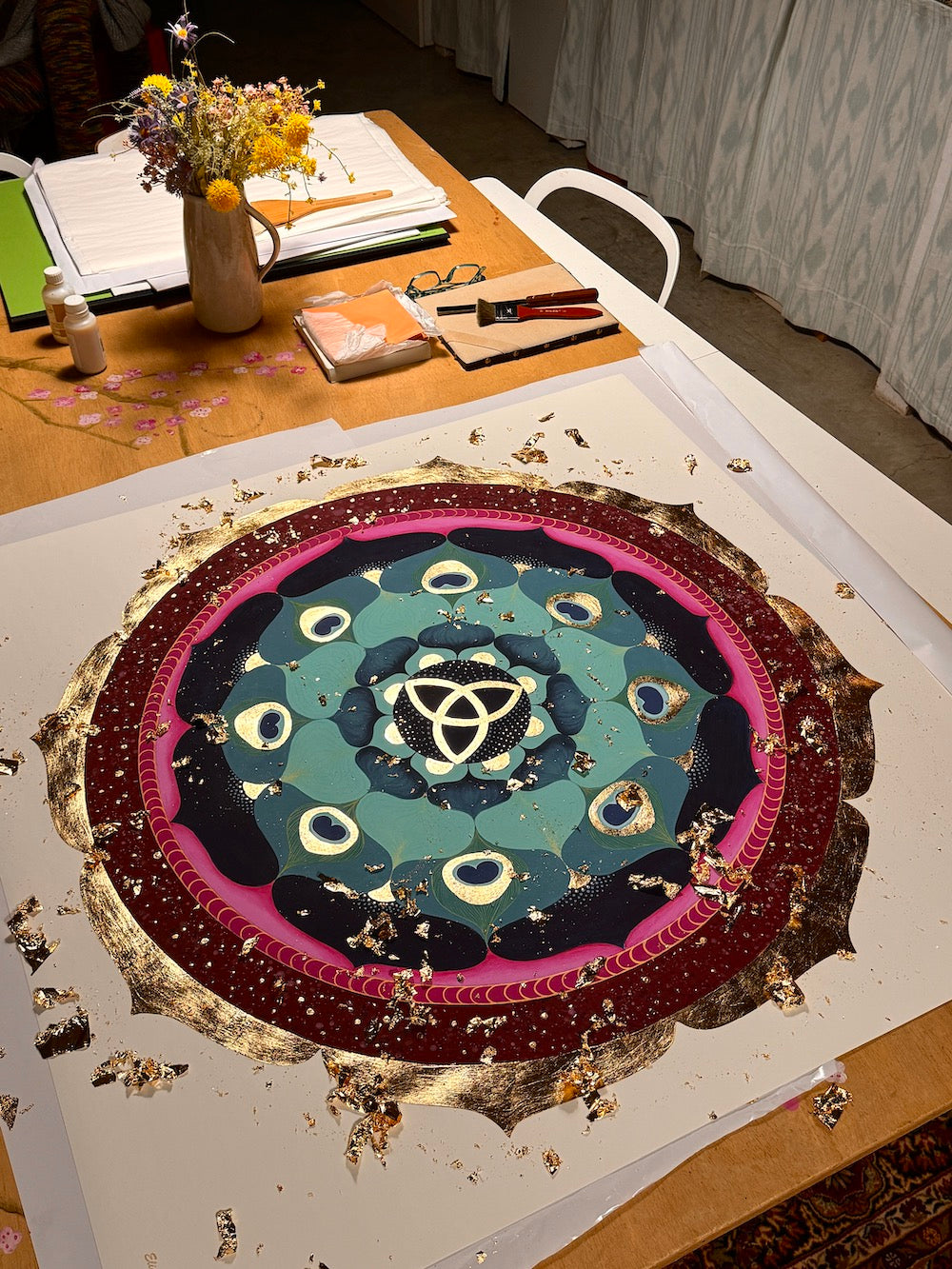
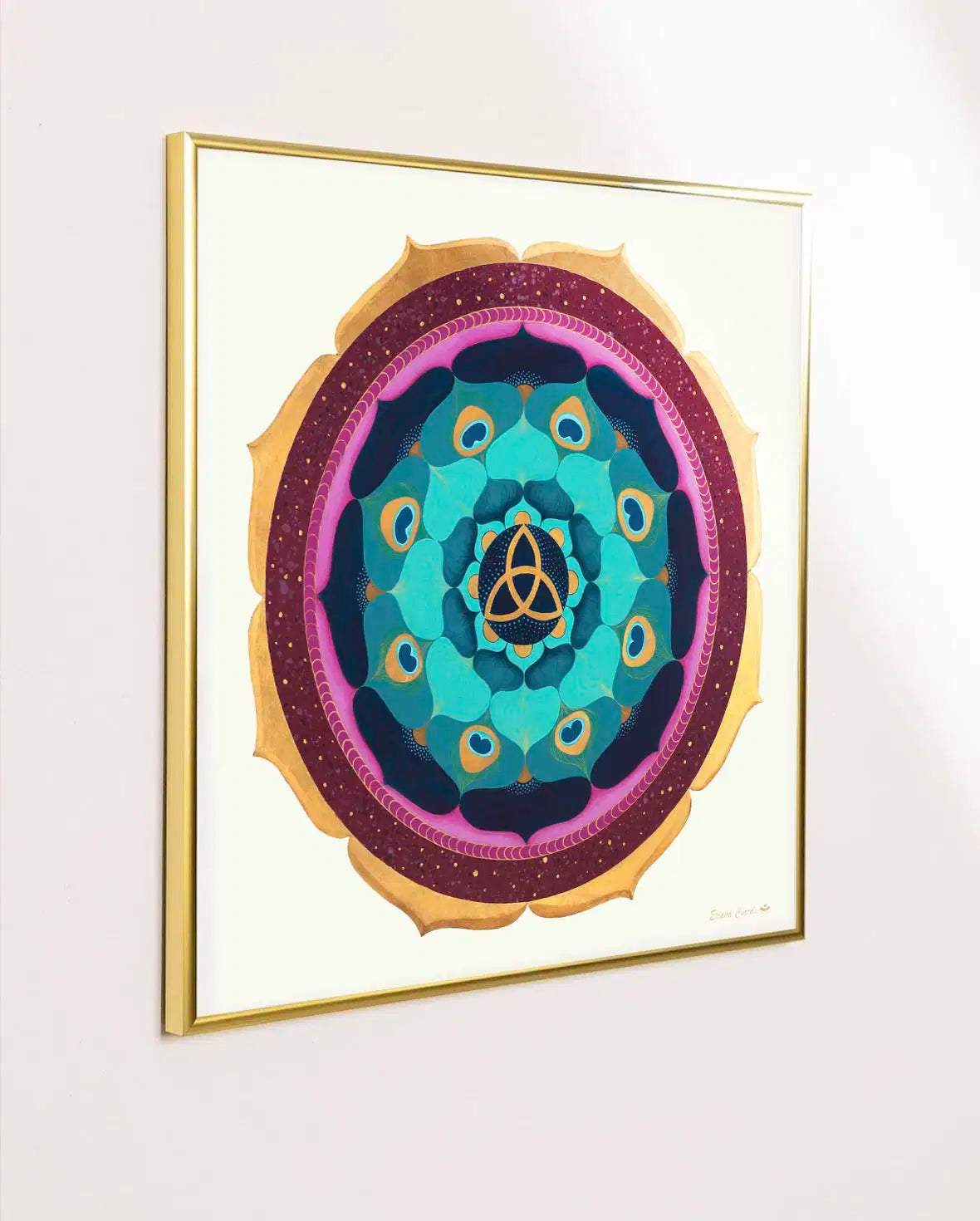


GOLD TRIQUEL
Sacred Geometry - Mandala - ArteSanae Collection
Sacred Geometry of the Triquel
The GOLD TRIQUEL Mandala is a geometric design characterized by three intertwined spirals in a circular pattern. This symbol is known by various names, including triskelion or triquetra, and has a long history of use in diverse cultures around the world.
Symbolism of the Triquel
Movement and Change: The three spirals of the triquetra suggest constant movement and an eternal cycle of change and transformation. This can represent the cyclical nature of life, death, and rebirth.
Spiritual Trinity: In many cultures, the number three holds significant spiritual meaning. The triskelion can represent a divine triad, such as mind, body, and spirit; the phases of life: past, present, and future; and also the triad of mother, father, and child, symbolizing unity and the cycle of life. The mother represents creation and fertility, the father protection and guidance, and the child represents the future and the continuity of life. Together, they form a balance that reflects the importance of family and relationships in our lives.
Duality and Balance: Some interpretations of the triquetra suggest that the three spirals may represent duality and the search for balance between opposing forces, such as good and evil, the masculine and the feminine, or light and darkness.
Protection and Strength: In Celtic culture, the triquetra is often associated with protection and strength. It is believed that this symbol has the power to ward off evil spirits and bring good fortune.
Cycle of Life: The triquetra can symbolize the cycle of life, from youth to maturity and old age, as well as the idea that all these stages are interconnected.
Spirituality and Personal Growth: Many people use the triquetra as a symbol of spiritual growth and self-discovery. It can visually represent the constant search for truth and personal development.
The Peacock Feather
The peacock feather is a captivating and enigmatic emblem with profound connotations in the vast tapestry of ancient symbolism. Its intriguing symbolism transcends cultures and eras, resonating uniquely for those who delve into its mysteries.
Symbolism of the Feather
Beauty and Vanity: In various contexts, the peacock is revered for its dazzling beauty. However, beneath its ostentation lies a cautionary tale against vanity, reminding us that fleeting appearances can fade like a mirage over time.
Renewal and Resurrection: The molting of peacock feathers symbolizes renewal and resurrection. This metamorphosis suggests that even in times of change and transformation, beauty can be reborn, flourishing with renewed splendor.
Immortality and Spirituality: In the mythologies of various cultures, the peacock is a sacred being connected with immortality and spirituality. Its feathers represent the expansion of consciousness and the pursuit of divinity.
Protection and Vigilance: In some Asian traditions, the eyes in the design of the peacock feather act as protective guardians, warding off evil and dispelling negative energies.
Wisdom and Knowledge: In Hindu culture, the peacock is the vehicle of the god Kartikeya, who embodies war and wisdom. Peacock feathers symbolize the expansion of knowledge and the quest for deep wisdom.
Ancestral Wisdom
The peacock feather, with its intrigue and elegance, stands as an enriching symbol that ignites the imagination of those who explore its meaning through the lenses of ancestral cultures. Each of these interpretations offers insight into the richness of ancient symbolism, allowing us to glimpse the mysteries and wisdom hidden behind this iconic feather.


